 Two centuries-old burial vaults discovered beneath a street in the heart of New York University’s campus by workers replacing a water main were likely part of a Presbyterian church cemetery, an archaeologist said Thursday.
Two centuries-old burial vaults discovered beneath a street in the heart of New York University’s campus by workers replacing a water main were likely part of a Presbyterian church cemetery, an archaeologist said Thursday.
One of the roughly 15-by-18-foot crypts was clearly disturbed, with the skeletons and skulls of between 9 and 12 people pushed into a corner while more than a dozen stacked wooden coffins can be seen in the second one, said Chrysalis’ Alyssa Loorya, the project’s principal investigator.
“You never know what you can find beneath the city’s streets,” she said at the site in Manhattan’s Greenwich Village neighborhood. “You bury people to memorialize them and these people were forgotten.”
Anthropologists and archeologists have hung lights in the excavated area and will use digital cameras with zoom lenses to take pictures of the coffin plates in the hopes of identifying the buried. And because New York City policy is to leave burial grounds undisturbed if possible, project engineers are planning a new route for the water main.
“We knew we could be encountering remains or other items in this area,” said Thomas Foley, an associate commissioner with the city’s Department of Design and Construction. “We’ll do some exploring to discover what other lanes we might have.”
Loorya’s firm was contracted to work on the three-year, $9 million project because Washington Square Park adjacent to the excavation work was a Potter’s Field for yellow fever victims in the early 1800s, officials said. The tombs’ brick roofs were discovered Tuesday by workers just 3 ½ feet under the street with utility cables running on top of them.
The vaults were probably built in the late 18th century or early 19th century and belonged to one of two area Presbyterian churches, Loorya said. Members of her team will search old newspapers, death records and church archives to identify the buried — if possible.
The discovery is not the first time officials have discovered historical artifacts in the course of planned upkeep projects to replace old pipes and water mains.
Eighteenth century houses and wells along with Revolutionary War buttons worn by soldiers who marched in the Battle of Brooklyn were found during construction work beginning in 2005 in lower Manhattan’s South Street Seaport area, Loorya said.
“It’s definitely a wonderful find,” she said.
(AP)


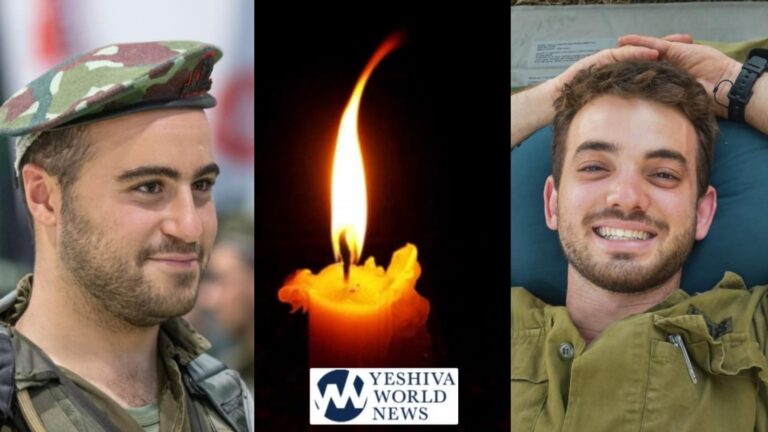
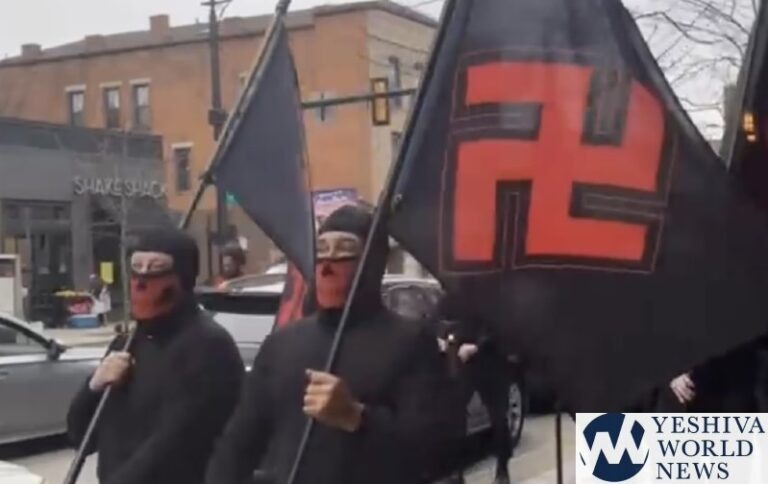
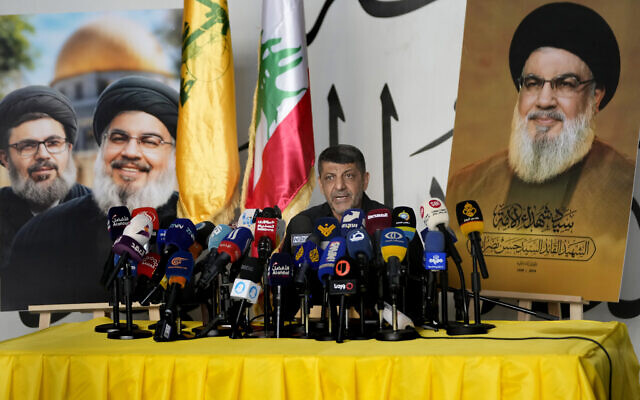
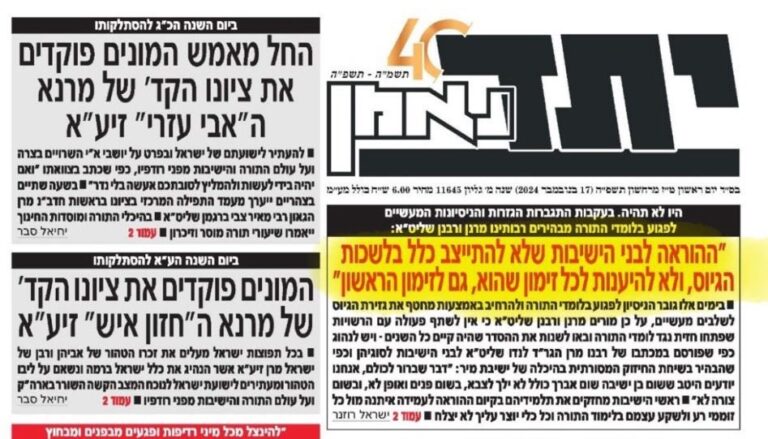
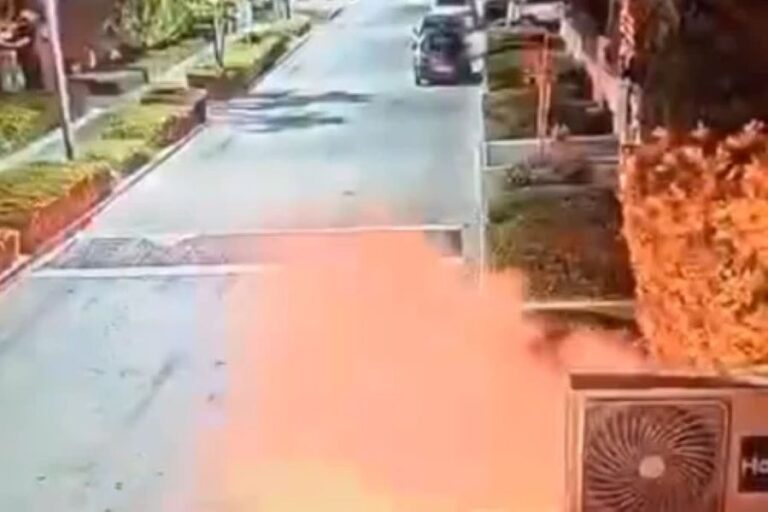
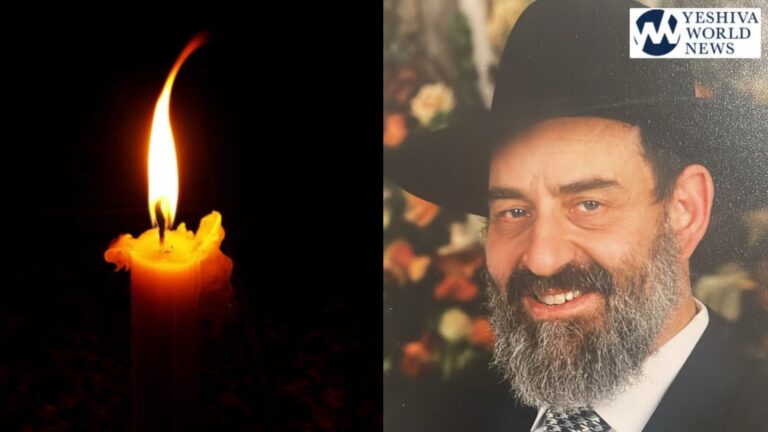
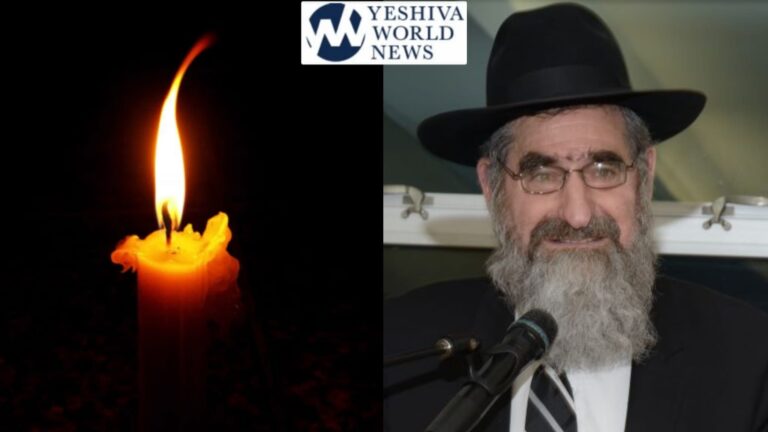


10 Responses
Are they Goyim or Yidden? It makes a difference regarding טומאת אוהל according to the רמ״א
Non Jewish bones at metami?
Do Presbyterians convey tumah?
I’m not a rabbi, but I think the kohanim are fine and don’t have to worry. It’s an xtian cemetery and its in an ohel
The Jews at the time were very strict about making sure that all Jews were buried in a Jewish cemetary – so there are only goyim buried there.
if there is a tefech (fist) of air space between the dead and the vault, there is no problem…
ATTENTION KOHANIM: DON’T WORRY ABOUT IT. I just checked with a highly reputable talmid Chachcam/Rabbi, and the verdict is, a Kohein cannot become tamei-mess from a non-jew when it is in terms of tum’as ohel. The situation in this article would fall under this category. Pretty amazing story, though.
It calls to mind something of far more impact: I learned from the venerable Chareidi-Israeli tour guide of the 70’s-90’s (maybe longer?) R’ Pesach Levi, of the following. The sha’ar in the wall around Yerushalayim through which we have the tradition Eliyahu Hanavi will come and herald Moshiach, was walled and cemented in by Arabs; I don’t know how many centuries ago. They wanted to try and outsmart the inevitable and prevent MOshiach’s coming, so besides walling in the sha’ar, they made a cemetery outside it, with the rationale that NOW Eliyahu Hanavi will not be able to go through, since he is a Cohen and cannot be tamei Mes. Said Rabbi Levy: “The joke is on them, because this does not happen from a non-Jewish burial ground.” Just saying…
May we soon be zoche to watch that happen in real time!
Moderators Response: Just wondering how anyone knows they are Nochrim……
Nochrim are not metameh b’ohel, so Kohanim have nothing to worry about, unless they touch or carry the corpses.
ATTENTION KOHANIM: WORRY ABOUT IT. The rama says to be machmir like the rishonim who pasken that nochrim are metamei b’ohel.
Regarding if a non-Jew is מטמא באוהל is a מח׳ between the מחבר and רמ״א,